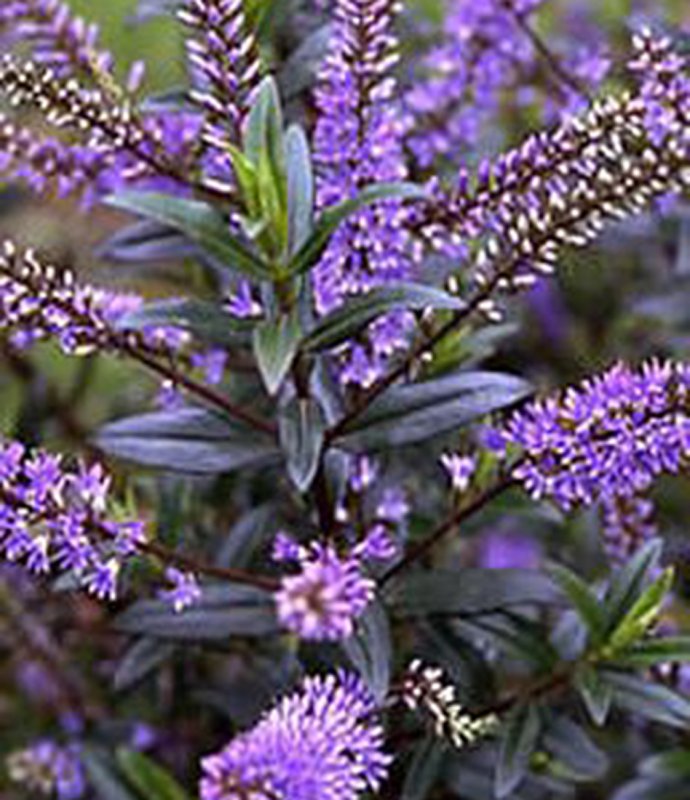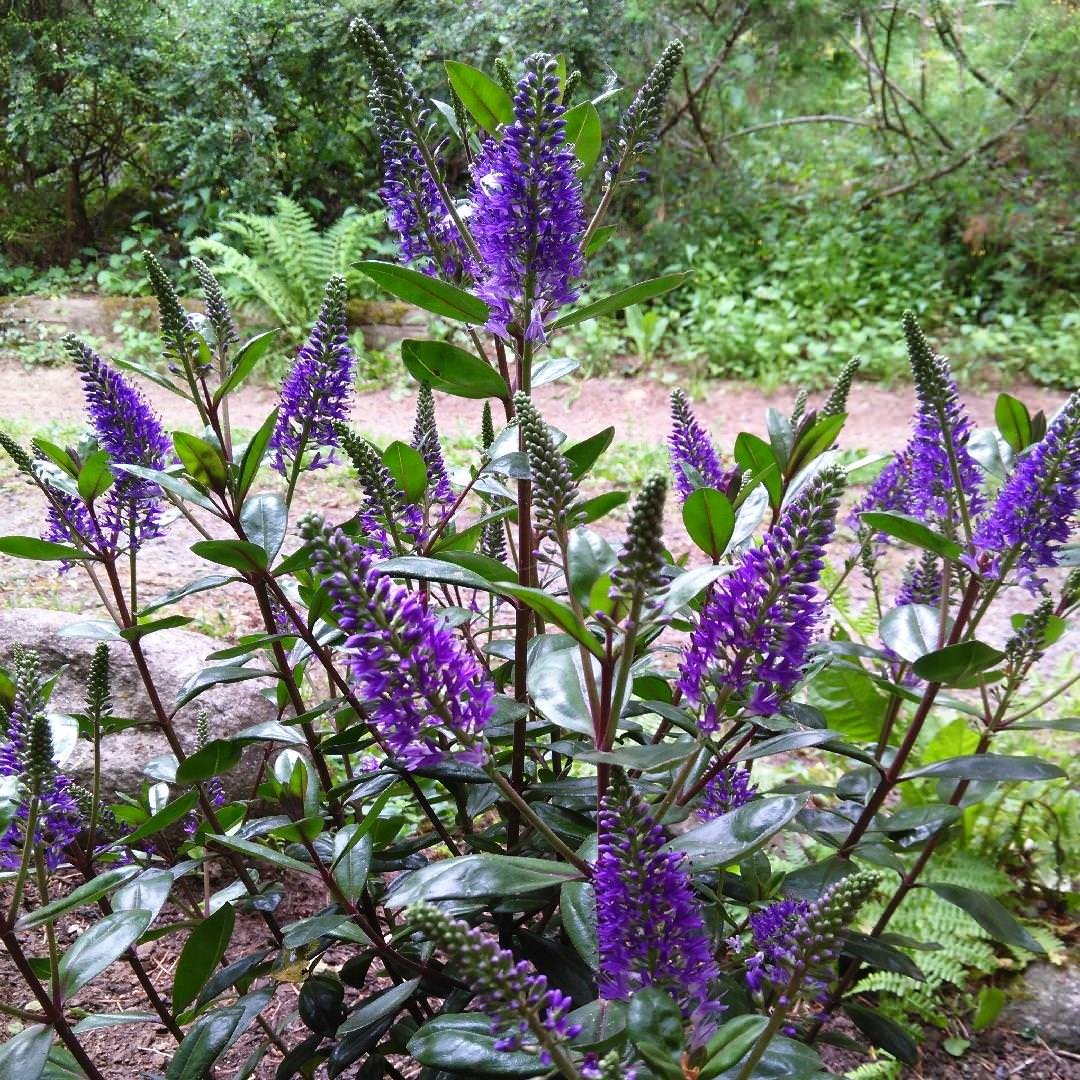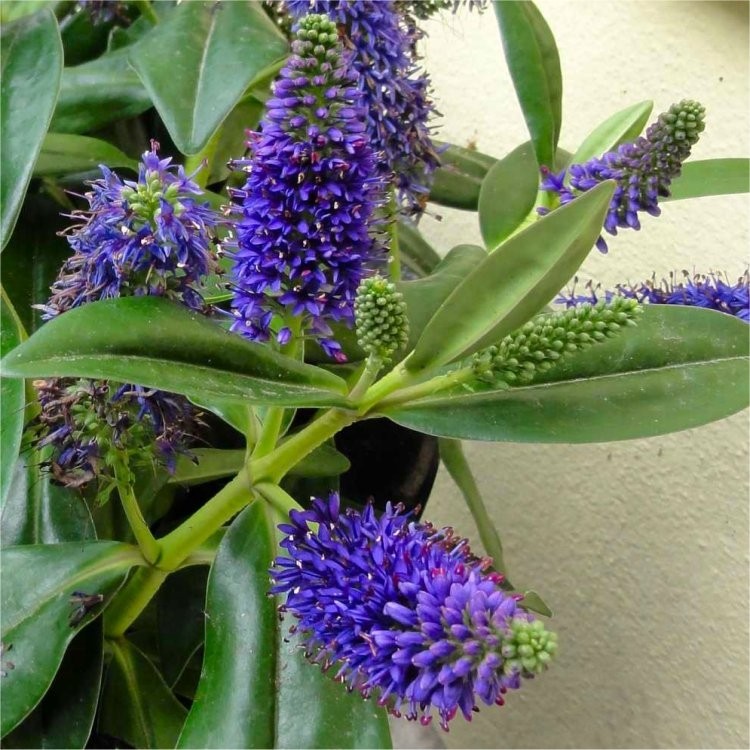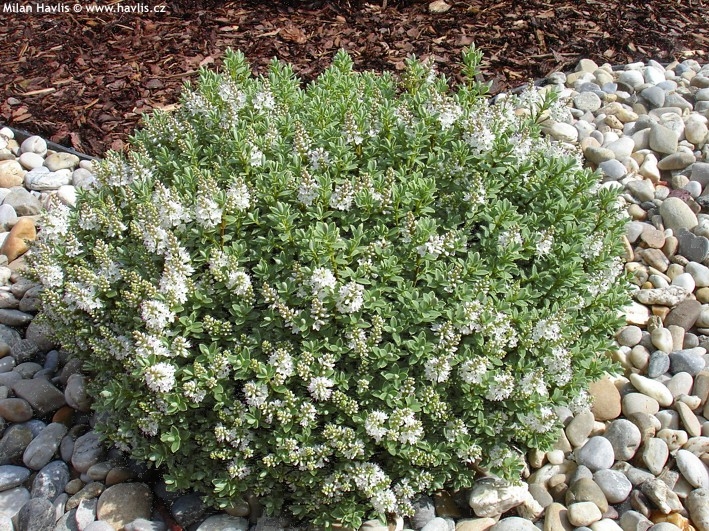Purple Hebe: The Ultimate Guide To Growing And Caring For This Beautiful Shrub
Title: Purple Hebe: The Ultimate Guide to Growing and Caring for This Beautiful Shrub
Introduction:
Purple hebe is a beautiful and versatile shrub that is native to New Zealand. It is known for its dark purple foliage and long-lasting flowers, which can bloom in a variety of colors, including white, pink, lavender, and blue. Purple hebe is a low-maintenance plant that is easy to grow, making it a popular choice for gardeners of all skill levels.
In this blog post, we will discuss everything you need to know about growing and caring for purple hebe. We will cover topics such as choosing the right location, planting, watering, fertilizing, pruning, and pest control. We will also provide some tips for selecting the best variety of purple hebe for your needs.
Main Content:
Choosing the Right Location
Purple hebe is a sun-loving plant, but it can also tolerate partial shade. It is important to choose a location that gets at least 6 hours of sunlight per day. Purple hebe also prefers well-drained soil. Avoid planting it in areas where the soil is prone to waterlogging.
Planting
Purple hebe can be planted in the spring or fall. When planting, dig a hole that is twice as wide and as deep as the root ball of the plant. Backfill the hole with soil and water well.
Watering
Purple hebe is a drought-tolerant plant, but it does require regular watering during the first year after planting. Once the plant is established, it can tolerate periods of dry weather. However, it is important to water the plant deeply during hot, dry weather.
Fertilizing
Purple hebe does not require a lot of fertilizer. A light application of fertilizer in the spring will help to promote flowering.
Pruning
Purple hebe does not require a lot of pruning. However, you may want to trim it back in the spring to remove any dead or damaged branches. You can also prune it to maintain its shape.
Pest Control
Purple hebe is generally pest-free. However, it can be susceptible to aphids, spider mites, and scale insects. If you see any pests on your plant, you can treat them with an insecticidal soap or neem oil.
Selecting the Best Variety
There are many different varieties of purple hebe available. Some popular varieties include:
- Hebe speciosa 'Variegata': This variety has dark purple foliage with cream-colored margins.
- Hebe pinguifolia 'Silver Queen': This variety has silvery-gray foliage and white flowers.
- Hebe cupressoides 'Bluebird': This variety has blue flowers and a compact, mounded habit.
Conclusion
Purple hebe is a beautiful and easy-to-grow shrub that is perfect for adding color and interest to your garden. With proper care, it will thrive for many years to come.
Purple hebe is a beautiful and versatile shrub that can be grown in a variety of settings. It is known for its long flowering season, which can last from spring to fall. Purple hebe is also relatively low-maintenance, making it a great choice for busy gardeners.
If you are interested in learning more about purple hebe, I recommend visiting Home Gardening. This website has a wealth of information about purple hebe, including its care requirements, different varieties, and how to plant it.
FAQ of purple hebe
Frequently Asked Questions about Purple Hebe
Purple hebe is a popular evergreen shrub that is known for its beautiful purple flowers. It is a relatively low-maintenance plant that is easy to grow in a variety of conditions.
Here are some frequently asked questions about purple hebe:
- What are the benefits of purple hebe?
Purple hebe has a number of benefits, including:
* It is a low-maintenance plant that is easy to care for.
* It has a long flowering season, which means that it will bloom for most of the year.
* It is drought-tolerant, so it is a good choice for areas with hot, dry summers.
* It is deer-resistant, so you don't have to worry about deer eating your plants.
* It attracts bees and other beneficial insects, which is good for your garden.
- What are the best conditions for purple hebe?
Purple hebe prefers full sun, but it can also tolerate partial shade. It needs well-drained soil and does not like to sit in water. It is hardy in USDA zones 7-9, so it can be grown in most parts of the United States.
- How to care for purple hebe?
Purple hebe is a relatively low-maintenance plant, but there are a few things you can do to keep it healthy:
* Water it regularly, especially during hot, dry weather.
* Fertilize it once a year in the spring.
* Prune it in the spring to shape it and remove dead or diseased branches.
- What are some common problems with purple hebe?
The most common problems with purple hebe are:
* Leaf spot: This is a fungal disease that can cause brown or black spots on the leaves. To treat leaf spot, you can use a fungicide.
* Aphids: These small insects can suck the sap out of the leaves, causing them to wilt and yellow. To control aphids, you can use insecticidal soap or neem oil.
* Scale: These small insects can attach themselves to the stems and leaves of the plant, causing them to become discolored and stunted. To control scale, you can use a horticultural oil or insecticidal soap.
- How to propagate purple hebe?
Purple hebe can be propagated by cuttings or division. To propagate by cuttings, take 4-6 inch cuttings from healthy, non-flowering stems in the spring or summer. Dip the cuttings in rooting hormone and plant them in a well-drained potting mix. Keep the cuttings moist and in a warm, sunny location. They should root in 4-6 weeks.
To propagate by division, dig up a mature plant in the spring or fall and divide it into two or three sections. Each section should have at least a few roots. Plant the divisions in well-drained soil and water them well. They should establish themselves in a few weeks.









Post a Comment for "Purple Hebe: The Ultimate Guide To Growing And Caring For This Beautiful Shrub"